How to make ceramic balls
Taking inert ceramic balls as an example, the production process is as follows:
Raw material preparation: Select suitable ceramic raw materials such as zirconia according to product requirements, and carry out pretreatment such as crushing and mixing.
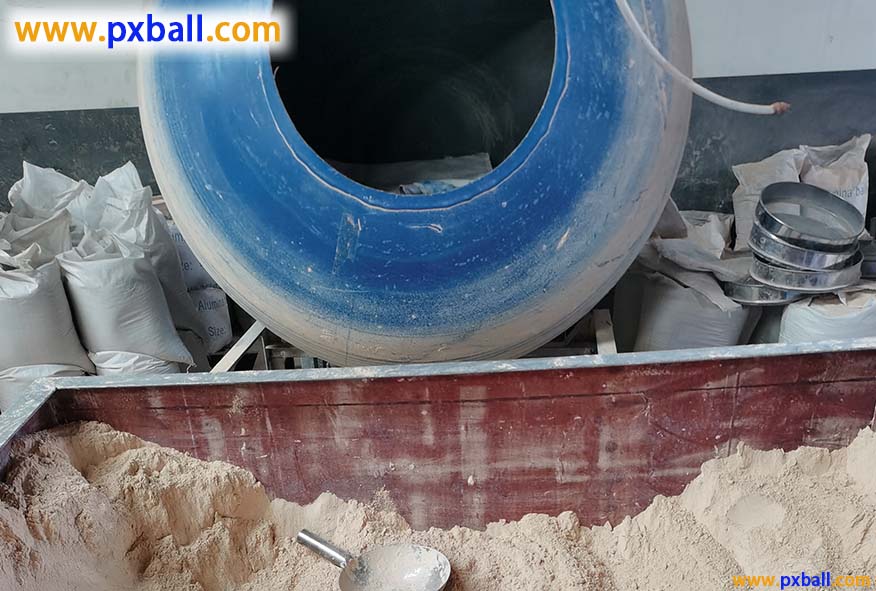
Pulping: Mix pre treated raw materials with appropriate additives and water, and grind them into a pulp.
Molding: Inject clay into a mold and shape it into ceramic balls of the desired shape through extrusion, injection molding, and other methods.
Drying: Dry the formed ceramic balls to remove moisture and improve their strength and stability.
Sintering: Place the dried ceramic balls in a high-temperature furnace for sintering to densify them and improve their hardness, strength, and wear resistance.
Processing: Processing the sintered ceramic balls, such as sieving for more accurate dimensions, removing dust and other impurities.
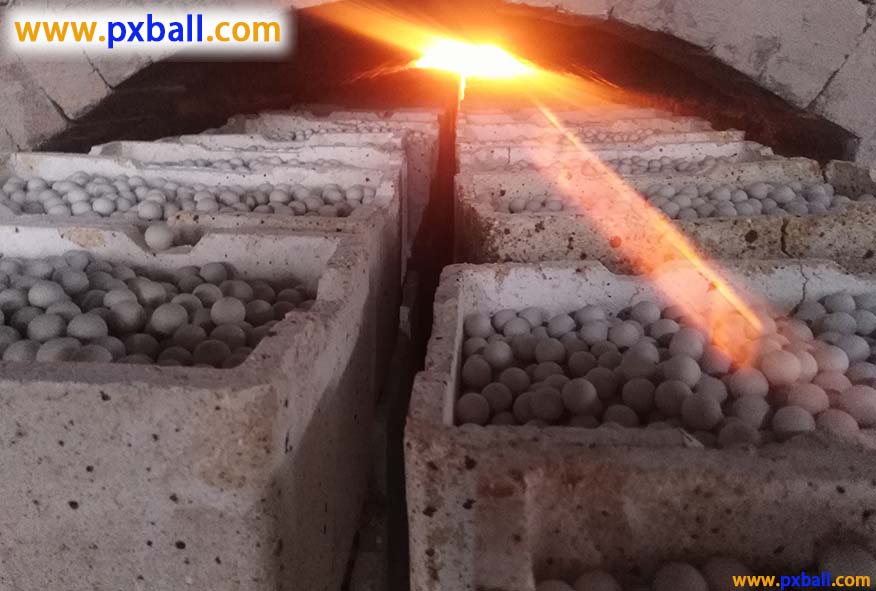
Inspection: Inspect the processed ceramic balls, such as size, hardness, strength, temperature resistance, etc., to ensure that the product quality meets the requirements.
Packaging: Pack the ceramic balls that have passed inspection for storage and transportation.
It should be noted that different manufacturers and production processes may vary, and the specific production process may be adjusted according to product requirements and production conditions.
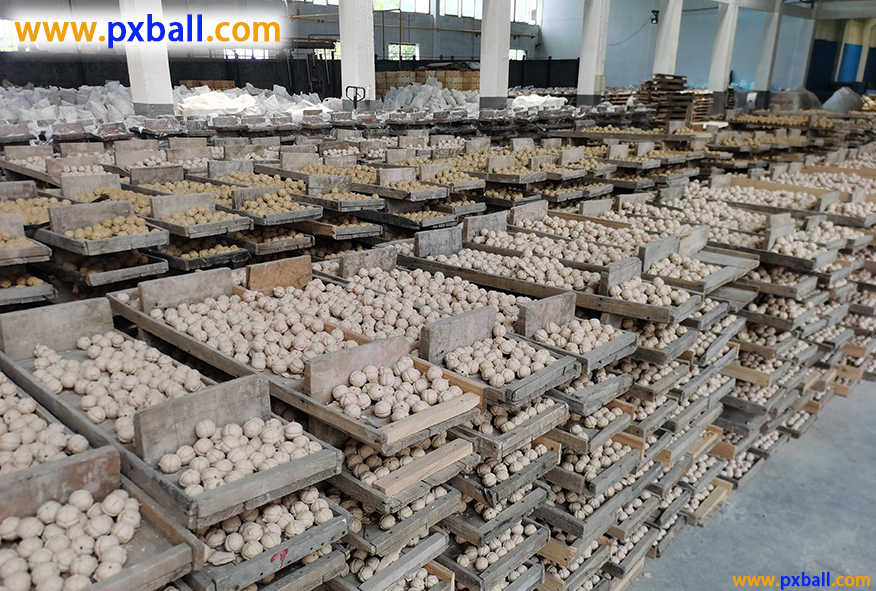
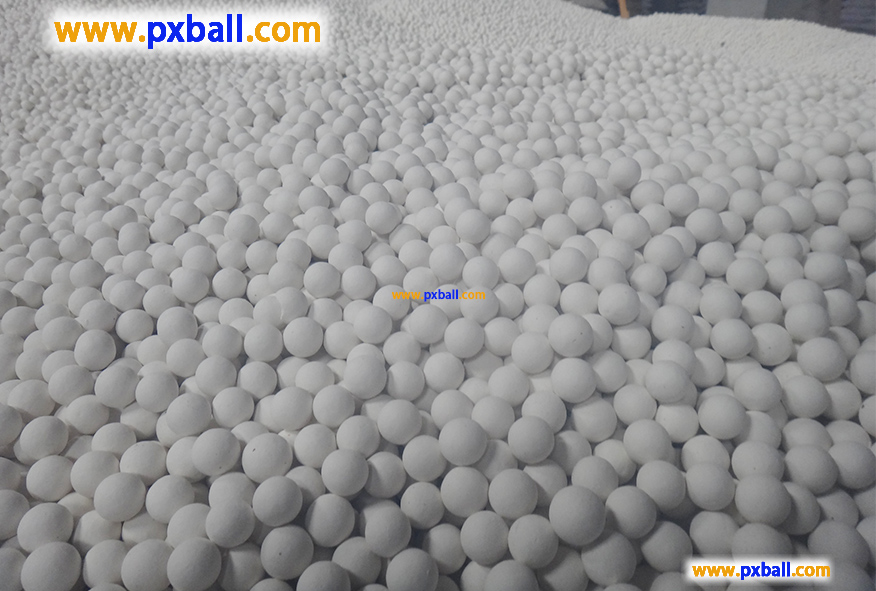
Catalyst Inert Ceramic Packing Process
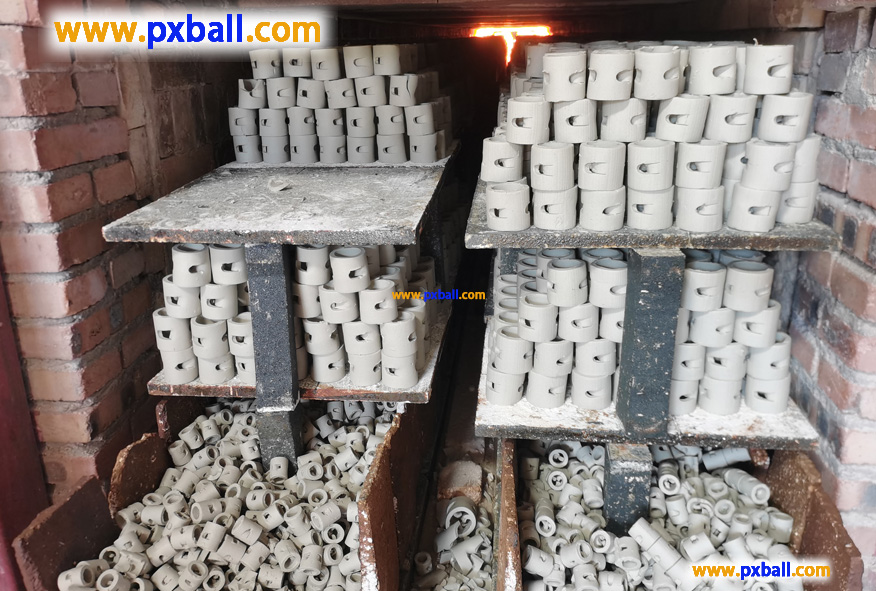
Is ceramic an inert waste?
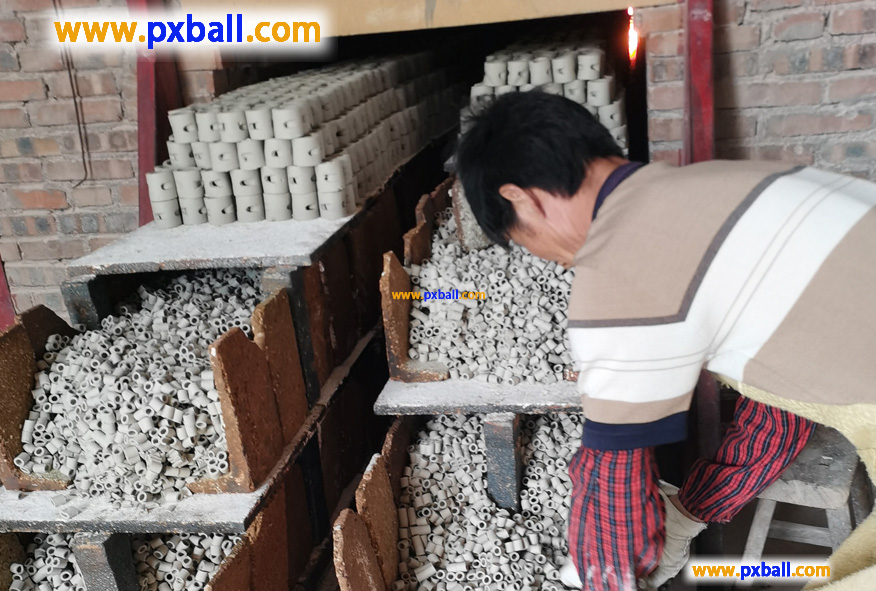
Are ceramics chemically inert?
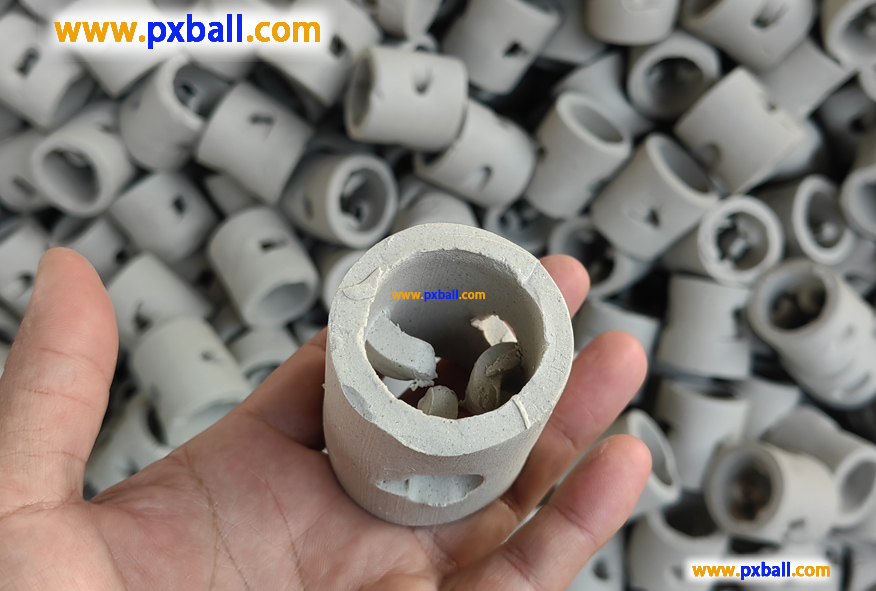
What is inert ceramics?

inert alumina ceramic ball density

Why do inert ceramic balls emphasize the level of aluminium content?
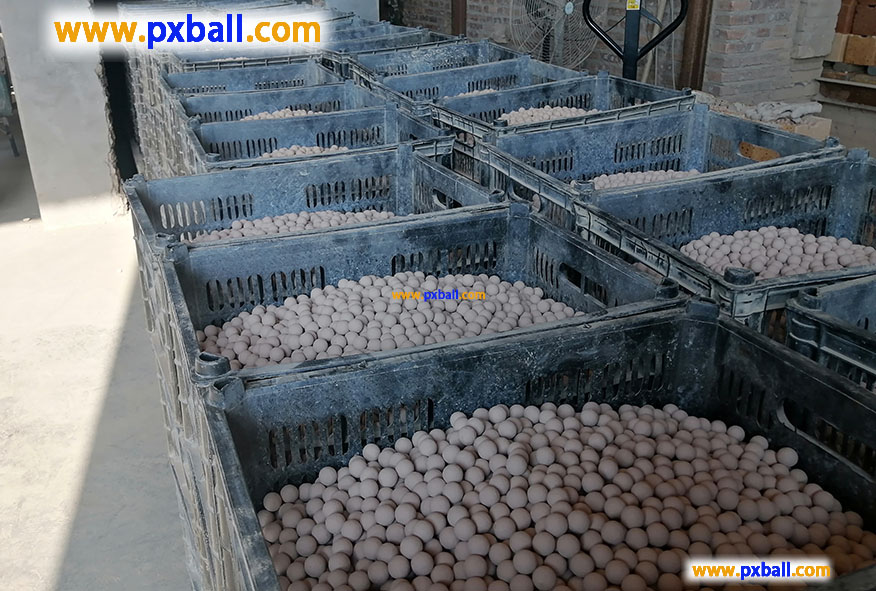
What are alumina ceramic balls used for?
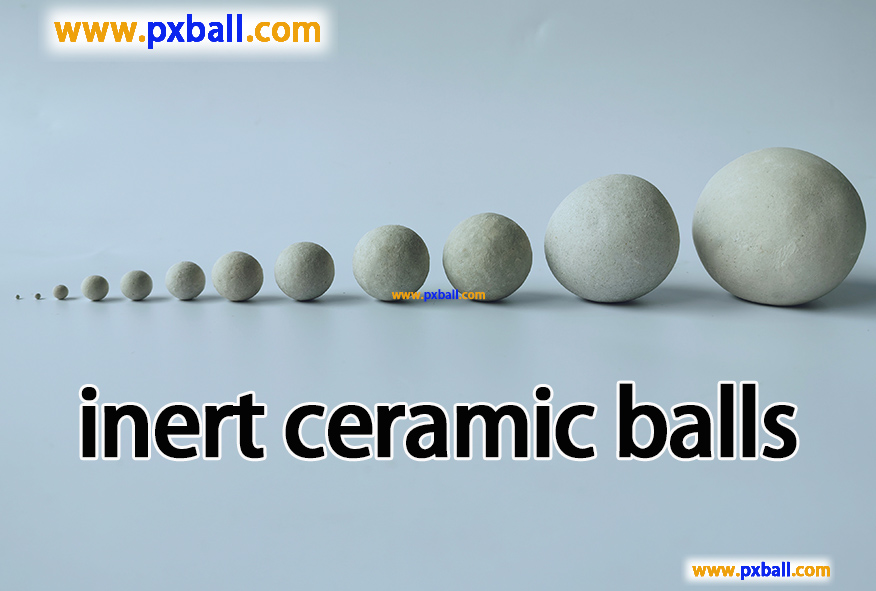
What is inert ceramic ball?